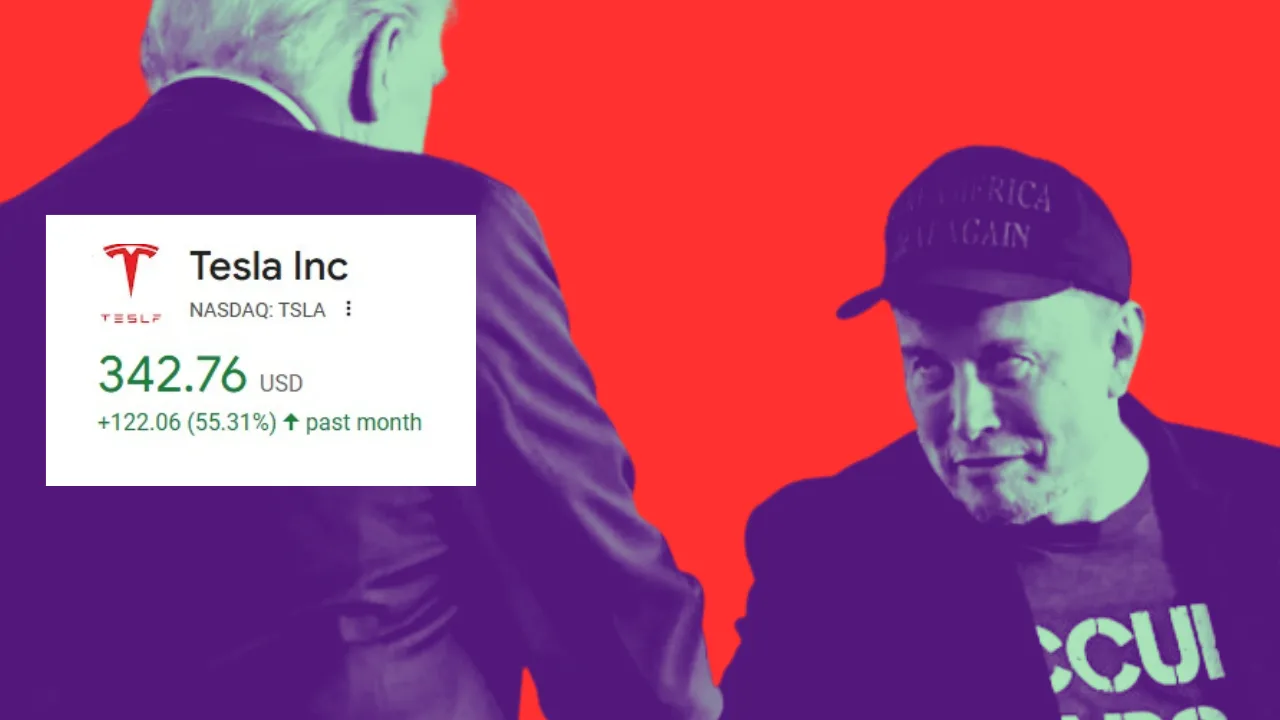The Strike Begins
For the first time in its 88-year history, the United Auto Workers (UAW) initiated a groundbreaking strike against Detroit’s big three automakers: GM, Ford, and Stellantis (formerly known as Dodge-maker). As the strike approaches its one-week mark, there seems to be no immediate resolution in sight, with both parties bracing for an extended battle concerning wages and retirement benefits.
A Closer Look at the Strike
- Who’s Affected?: Initially, the strike involves around 13,000 out of the UAW’s total 145,000 workforce. They’re distributed among three major plants, one for each automaker. These particular plants contribute to approximately 9% of the trio’s North American production. Significantly, they produce some of the most lucrative models like the Ford Bronco and the Jeep Wrangler.
- The Domino Effect: Due to this strike, repercussions are felt across other plants. GM announced potential work suspensions at a facility housing about 2,000 workers because of part shortages resulting from the strike. Similarly, Ford has asked 600 of its employees from a different plant to temporarily halt work, pointing to related disruptions from the strike.
Progress is Slow, Tensions are High
Negotiations between UAW and the automakers are progressing slowly. A recent development saw UAW turning down a proposal from Stellantis, which offered a 21% pay rise over four years. The union was expecting a more substantial 36% hike. By strategically striking at key plants, UAW aims to prolong the duration their $825 million fund can support the striking workers. Though the majority of UAW members continue to work, the ongoing strike could bring significant costs. Experts predict that closing just one critical engine or transmission facility for each carmaker could lead to nearly 75% of their US assembly plants halting operations.
Historical Context
Throughout history, labor strikes have been pivotal moments that catalyze change. They represent the collective bargaining power of workers against big corporations. The outcomes of such strikes, especially prolonged ones, can reshape industries. For instance, the Hollywood writers’ strike is on the brink of setting a record for its length. Strikes, while challenging for both workers and companies, can lead to revolutionary shifts if either side concedes.
Final Thoughts
This targeted approach by UAW underscores the union’s readiness for an extended battle. While strikes can be challenging for both workers and their employers, they sometimes result in transformative industry outcomes. Only time will tell how this chapter in labor history will conclude.





